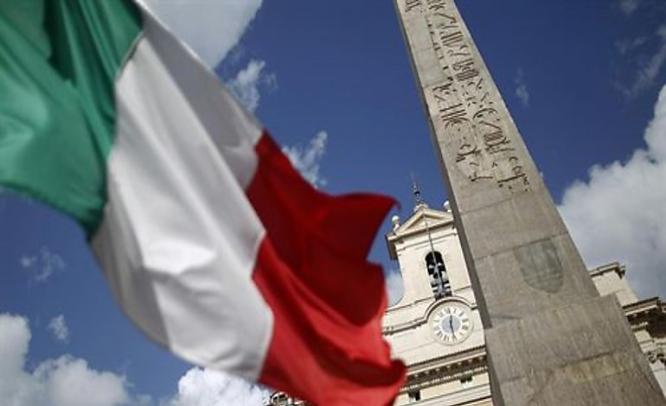The 0.02 percent tax applies to derivative deals lasting less than half a second and to transactions involving Italian stocks or indices calculated on the basis of the product’s overall value.
10th September 2013
Italy has implemented a new tax on high frequency trading on its stock markets becoming the first country in the World to impose a levy on largely unregulated markets. The Finance Ministry in Rome announced that it has imposed a levy of 0.02 percent on all stock market transactions lasting less than half a second. As the name implies high frequency trading is computer driven, algorithm based trading at speeds measured in millionths of a second. It accounts for more than half of all stock trading volume in the U.S. Earlier in March this year the Italian Government had given its approval for amending the Financial Transaction Tax.
The 0.02 percent tax applies to derivative deals lasting less than half a second and to transactions involving Italian stocks or indices calculated on the basis of the product’s overall value. Italy’s new measure came even as the U.S and E.U are discussing on imposing restrictions on the sector which has dramatically increased in recent years. In Europe, high frequency trading accounted for 6.7 trillion Euros in equities trading volumes last year, more than one third of the total.
What is High Frequency Trading?
Also known as Algorithmic trading, it is a method of trading securities in the capital markets by using super computers and complex algorithms. This method enables the HFT trader to make a trade in microseconds, Algorithms used by HFT traders allow the computer to look for a temporary imperfection in the market and trade before it disappears. The proponents of HFT say that it adds liquidity to the markets, speeds execution time and narrows the price spreads between markets and exchanges.
Its detractors say that it takes advantage of monetary market imperfections that cannot be discovered by a small time trader or an individual without the necessary infrastructure and technical competence. Another argument is HFT is used to manipulate the markets or obtain an unfair advantage, and its potential to lead to another financial crisis. Critics also argue that the low barrier for entry for high frequency traders drains the liquidity from the markets and adds an additional cost on those who are not proficient in the trade and do not participate in high frequency trading.
Speed limit for HFT Traders
Earlier last week, Reuters reported that foreign exchange platform EBS is considering new limits on high frequency trading, to limit the advantage of HFT traders. The EBS introduced “latency floor” – an industry term for trading speed on trades in the Australian dollar/U.S. currency pair, the fourth most actively traded cross. EBS will scrap the principle of “first in, first out” (FIFO) trading, which it says give an unfair advantage to the fastest computers, under the new system messages transmitting orders in the Aussie cross will be bundled into batches and then run through a process that randomizes their place in the queue. This randomization would add more transparency as the first message to hit the system will not necessarily be the first order processed.
“We’re not in the business of providing race tracks. We’re providing a market for everyone.” We’re not anti-HFT. We’re against speed only strategies.” said EBS CEO Gil Mandelzis.


